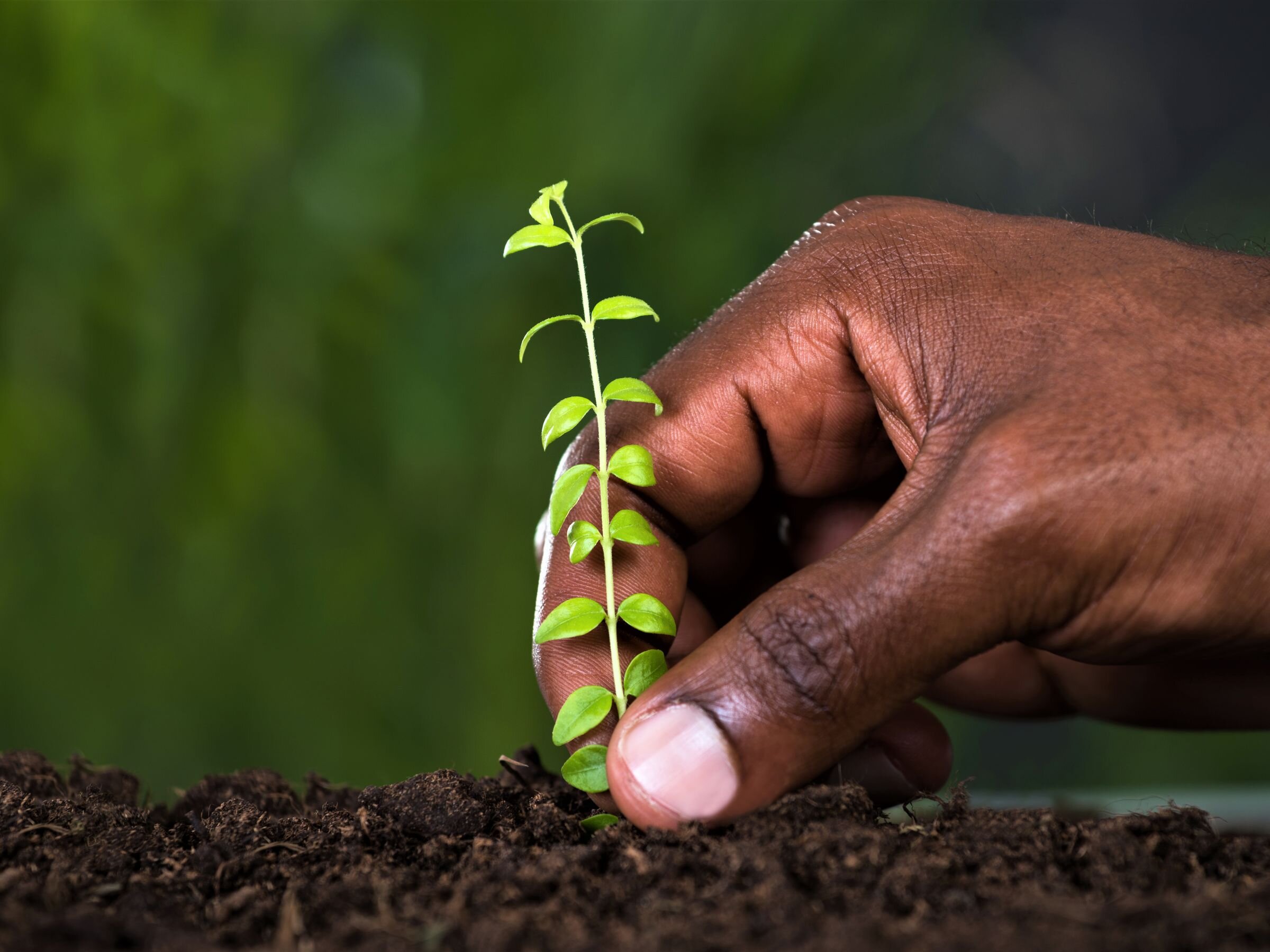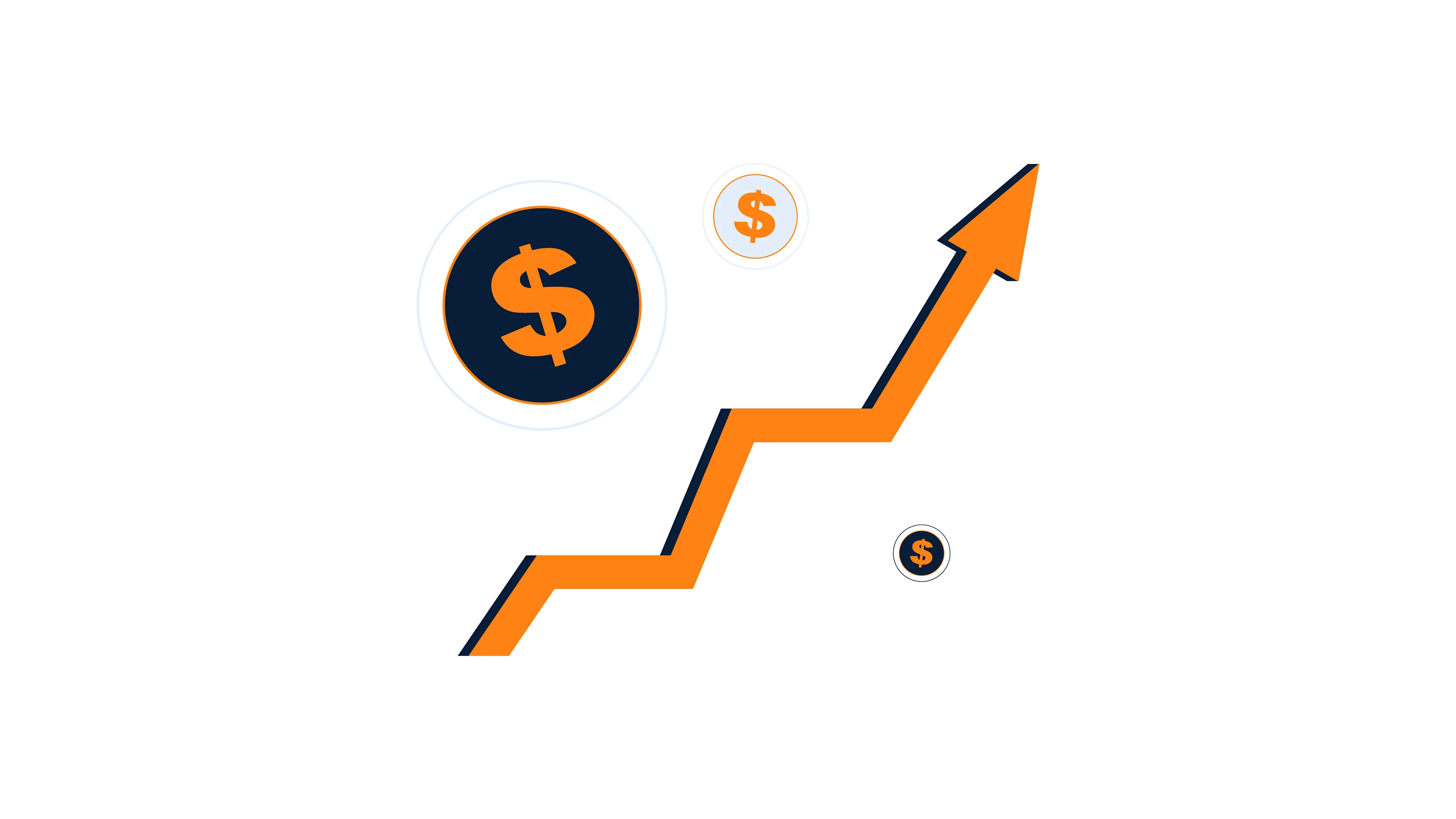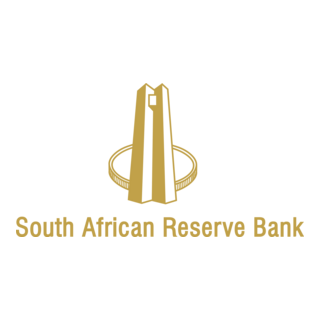Africa Bets Big on Climate Adaptation: Why Private Finance Is No Longer Optional


Quidah is an online platform that connects investors with curated opportunities and expert insights on Africa’s emerging markets, while offering businesses promotional services, partnership facilitation, and market intelligence to attract capital and grow their operations.
Industries
In Africa, where floods, droughts, and extreme weather are an escalating reality, climate adaptation is not just a matter of survival—it’s rapidly becoming a critical business opportunity. Over the past year, momentum has built around a new, high-profile platform led by the Global Center on Adaptation and the World Economic Forum, aiming to unlock $5 billion in private-sector investment for climate adaptation across the continent. The launch is backed by an initial $1 billion commitment from CRDB Bank Group, setting a new benchmark for Africa’s commercial banks and financial sector.
This movement coincides with the ambitious Africa Adaptation Acceleration Program (AAAP), a $25 billion initiative powered by the African Development Bank and the Global Center on Adaptation. The program, already active in 40 countries, has disbursed $15 billion to climate-resilient infrastructure, agriculture, early-warning systems, and green jobs for youth. Both public and private stakeholders say the shift is overdue—and increasingly, non-negotiable.

Recent analysis, including a July 2025 Reuters report, signals a fundamental change in the way businesses and investors view climate adaptation. Gone are the days when adaptation was a “nice-to-have” or solely a public sector concern. With nearly $2.8 trillion in climate damages expected globally by 2050 and less than 10% of all climate finance currently going to adaptation, the risks of inaction now directly threaten the bottom line of companies and entire economies.
Forward-thinking banks, such as CRDB, are leveraging new financial products—green bonds, resilience-linked loans, and blended finance—to bridge the historic investment gap. Meanwhile, multinational insurers and agribusinesses are entering joint ventures to build early-warning systems and climate-smart supply chains. These ventures not only protect communities but also create scalable, profitable markets for adaptation solutions.
So, what does real progress look like on the ground? In sub-Saharan Africa, funding from AAAP and the new platform is already improving irrigation systems, supporting climate-smart seeds and fertilizers, and reinforcing urban drainage in cities from Lagos to Nairobi. Early beneficiaries include women-led agritech startups and youth-driven solar-powered irrigation ventures, who receive both capital and technical support to build resilient livelihoods.
Yet, as the Reuters feature warns, challenges remain. The “bankability gap” means that many adaptation projects, particularly those led by local innovators or small businesses, still struggle to attract private finance. Regulatory hurdles, data scarcity, and the absence of standardized climate risk reporting all slow the flow of global investment into African adaptation.
Experts argue that the solution lies in radical collaboration—combining public, private, and philanthropic capital, building robust policy frameworks, and leveraging digital tools to de-risk and monitor adaptation outcomes. With Africa’s population set to double by 2050 and urbanization accelerating, the pressure is on to ensure that infrastructure, food systems, and cities are fit for a changing climate.
For now, the signals are clear: the African adaptation finance market is on the cusp of a major transformation, and for business, sitting on the sidelines is no longer an option. Those who move first—by investing in adaptation solutions, forging new partnerships, and innovating for resilience—stand to not only mitigate risk but unlock the vast economic potential of a climate-ready Africa.


